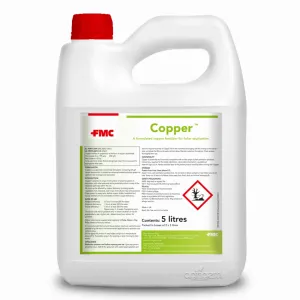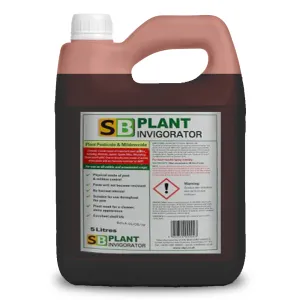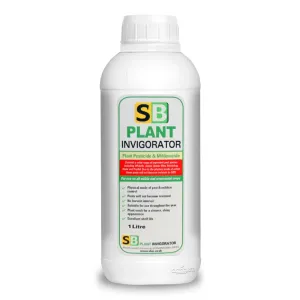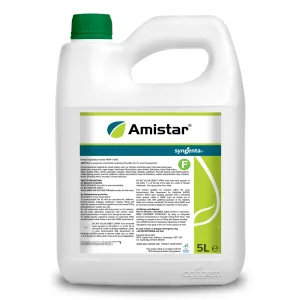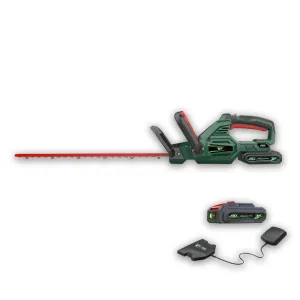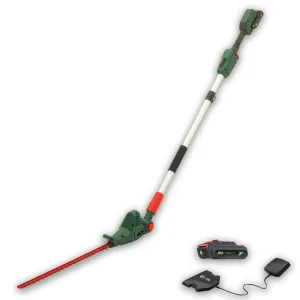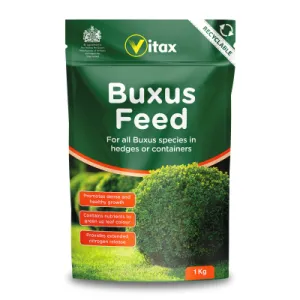You will need:
- Clean, disinfected pruning equipment
- Broad-spectrum fungicide, e.g Signum.
- Foliar feed, e.g Liquid Copper.
- Applicator (knapsack/boom sprayer)
- Correct PPE (overalls, rubber boots, chemical resistant gloves & face shield)
What Is Box Blight?
Box blight is a fungal disease. It is caused by the fungus Cylindrocladium buxicola. It affects the leaves and stems of Buxus plants. It is a large problem in this country due to the fact that we are unable to control it with many chemicals.
What Does It Look Like?
The first sign is browning of the leaves. They will get worse and eventually fall of completely. The stems are also affected, they will start to turn black and newer growth will begin to die back. If the weather is damp a white furry growth can be seen. This is the spores of the fungus. It tends to appear in patches but will spread to the rest of the plant or along hedges.
How To Prevent It:
- The best method of control is prevention rather than a fire fighting mission once the problem has arisen.
- Try to keep airflow as good as possible around the pants. Remove weeds and other unnecessary plants from around your buxus. If the area is damp and humid box blight is more likely to develop. This also includes watering. Constant wetting in high temperatures will also encourage box blight. This is not always easy to control outside in the elements but you can help by watering early in the morning.
- Avoid handing the plants as much as possible. This will reduce the chance of infection being brought in or developing. Plant hygiene is absolutely vital. Use clean disinfected pruning equipment every time, particularly between plants from a different garden. Pruning is best done when the weather is dry to avoid spreading spores if the plant is infected.
- If you are propagating your own box plants from cuttings, ensure you are using healthy plants, if in doubt, buy new stock and keep them in a separate area until you are sure they are clean.
- When pruning your box plants, it is very important to remove all of the debris. This includes fallen leaves and stems from the plant but also from other plants nearby. It is a good idea to remove and destroy any of this material rather than compost it, just to be on the safe side.
- If your plants are becoming older they may have filled out a lot and be thick. This doesn’t help with ventilation and while you still want a full dense hedge you don’t want it overcrowded. Some stems can be thinned out to create a slightly more open habit with better airflow.
- Mulching under the plant will also prevent spores being spread by rain splash.
- Don’t feed the plants too much nitrogen. This encourages soft, green lush growth which creates a humid environment for the spores to develop.
How To Deal With An Outbreak:
- The affected stems will need to be removed if the infection is in a small area. Remember to use clean tools and clean them once finished or moving onto another part of the garden.
- If the problem is spread over a larger area you can reduce the size of the plants by half. You ideally need to cut out the black affected stems
- If the problem has got out of control, the plants can be cut right down to the ground and they should grow again without the disease. This can be a slow process. The other option is to remove the plants completely. It is not advisable to plant buxus in the same area again for at least 6 years as the spores can remain on leaf trash.
- All leaves and branches that are removed need to be destroyed as they can harbour the disease.
- Once the disease has been removed it is a good idea to feed the plants with a general purpose fertiliser. This will help it recover.
For specialist control, we recommend using Signum (a broad spectrum fungicide with protectant & systemic activity) mixed with a foliar feed such as Liquid Copper.
For more information about controlling box blight, please get in touch with our sales team on 01522 246491.




